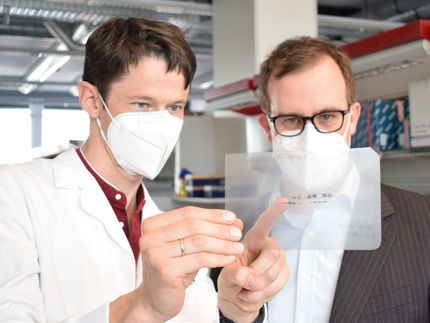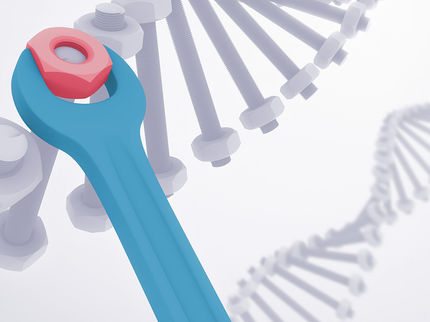Mice regain ability to extend telomeres suggesting potential for dyskeratosis congenita therapy
Advertisement
The human genetic disease dyskeratosis congenita (DKC) is an autosomal dominant disease that leads to abnormalities in tissues with a rapid cell turnover – the skin, nails, bone marrow, lungs and gut. Patients with DKC experience life-threatening symptoms. Bone marrow failure increases their risk of fatal infections and cancer. Many die before the age of 30 and management of the disease is limited to trying to treat its symptoms.
At the heart of DKC is telomerase, the enzyme that maintains the length of telomeres, the protective caps on the ends of chromosomes. Telomerase has two main components; telomerase reverse transcriptase (TERT) and telomerase RNA. The latter is the template that TERT uses to produce telomere-extending DNA. Patients with DKC have a mutation in one TERT allele and under produce telomerase. This leads to a failure to maintain normal telomere length. Once the chromosomes erode beyond a certain point, they start to rearrange and cells show increasing genomic instability followed by cell death and tissue malfunction.
"DKC is one of the few examples in which there is a clear link between a genetic mutation that directly affects telomerase function and human disease," comments Lea Harrington (Ontario Cancer Institute, Toronto, ON, Canada). "Teasing out the difference between cause and effect is a challenge."
mTert mice, which have one functional TERT allele and one disrupted allele, also show telomere shortening and represent a useful model for DKC. Research with this mouse model now aims to determine the potential for adaptive extension of telomeres. The underlying mechanisms could suggest novel therapies for DKC and could lead to methods of blocking telomerase inhibition in normal tissues during cancer therapy, so improving treatment efficacy.
"mTert mice provide an appropriate model for DKC that we can use to examine the long term consequences of TERT deficiency over several generations in a controlled setting," explains Harrington.
In this study, researchers interbred mice with only one functional TERT allele for up to 14 generations to observe telomere length and integrity. Initial generations of the inbred mtert mice had telomeres that were significantly shorter than those of normal mice but they did not develop DKC-like symptoms because the short telomere caps were sufficient to prevent chromosomal instability. In later generations, the telomeres in the mTert mice regained normal lengths, showing that an equilibration process eventually occurs after 12-14 generations.
"This was initially a puzzling finding; we examined and re-examined this phenomenon intensively over three years, using different experimental designs to be sure that the results were reproducible," says Harrison. The authors speculate that the equilibration mechanism they observed might already occur in humans and may protect normal human stem cells from telomere erosion. They also suggest that activation of a similar equilibration process in the cells of DKC-affected patients could reduce disease symptoms. It could be a useful adjuvant to cancer therapy in DKC and cancer patients generally.
Original publication: Marie Meznikova, Natalie Erdman, Lea A Harrington, Rich Allsopp; "Telomerase reverse transcriptase-dependent telomere equilibration mitigates tissue dysfunction in mTert heterozygotes"; Disease Models & Mechanisms (DMM) 2009, Volume 2, Issue 11/12.




























































